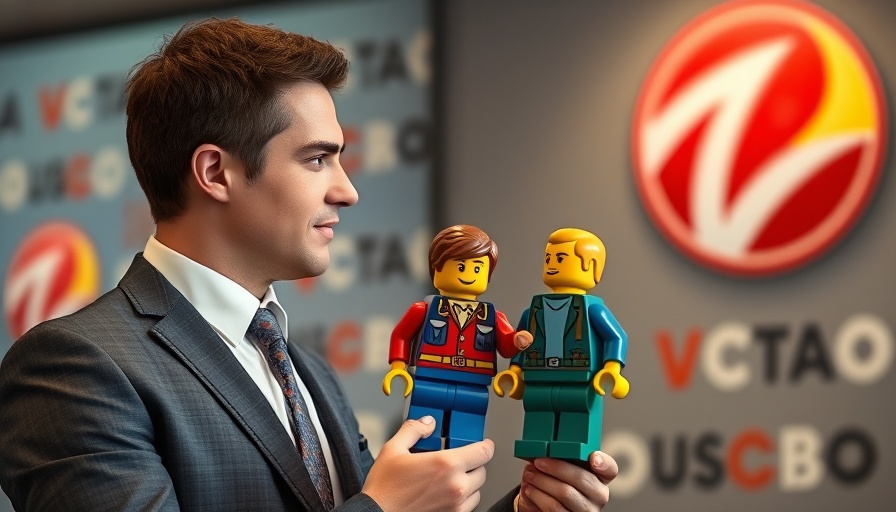
The Color of Sound: Understanding Synesthesia
In a recent discussion during the Piece By Piece red carpet event at TIFF 24, music icon Pharrell Williams opened up about his intriguing experience with synesthesia. This fascinating neurological condition allows him to perceive sounds through visuals, often expressed in vivid colors. Synesthesia is not merely an artistic expression; it’s a unique way of experiencing the world, linking sensory perceptions in ways that most people only dream of.
In 'Pharrell Williams describes his experience with synesthesia on PIECE BY PIECE #TIFF24 red carpet', the discussion dives into this fascinating neurological occurrence, exploring key insights that sparked deeper analysis on our end.
What is Synesthesia and How Does it Work?
Synesthesia occurs when the brain intertwines one sensory modality with another, resulting in an automatic and involuntary crossover of sensations. For those who experience it, such as Pharrell, hearing a musical note could conjure up a certain color or shape. This phenomenon indicates a deeper, more imaginative connection within our senses that some individuals live with daily. Williams explains that when he hears sounds, it triggers a visual representation in his mind, which he experiences as colors. This connection happens due to the neural pathways in our brains that link different sensory inputs.
Why Understanding Synesthesia Matters in Education
As parents and educators, understanding synesthesia can be invaluable for nurturing students' diverse learning styles. Recognizing that synesthetic experiences can enrich creativity and cognitive engagement can help teachers create more inclusive learning environments. Children who may perceive the world differently could benefit from tailored teaching strategies that leverage their unique sensory connections. Encouraging creative expression, whether through arts or music, can foster a supportive atmosphere for students who experience synesthesia or other synesthetic-like perceptions.
Real-Life Implications of Synesthesia: More than Just a Rarity
Although synesthesia is relatively rare—affecting approximately 4% of the population—it isn't as isolated or eccentric as one might think. Many artists and musicians often report synesthetic experiences, which can influence their work's emotional resonance and depth. Pharrell's vivid interpretations of sound into color exemplify how synesthesia can enhance creativity, and for parents and teachers, understanding this can aid in guiding children who may possess these sensory crossings.
Fostering Neurodiversity in the Classroom
In a world increasingly focused on neurodiversity, recognizing conditions like synesthesia can lead to better emotional and academic support for students. Teachers can integrate multi-sensory approaches into lesson plans, appealing to varied learning modalities. This method encourages all children to engage with learning in ways that resonate with them individually, enhancing their connection to the curriculum and improving overall learning outcomes.
Inspiring Creativity Beyond Conventional Boundaries
Engaging with topics like synesthesia opens doors to imaginative educational practices. Encouraging children to create art based on sounds they hear, for example, can help bridge the gap between auditory and visual learning. This practice not only cultivates creativity but also validates various ways of knowing and perceiving the world, validating differences in sensory experiences and creativity just as Pharrell shared.
Conclusion: Encourage Exploration of the Senses
By fostering an understanding of synesthesia and its implications in our schools and homes, we're paving the way for a more inclusive environment. Whether your child hears colors in music or sees sounds as shapes, embracing these diverse perceptions can encourage uniqueness in thought and creativity. Let's challenge ourselves to explore and validate these sensory experiences together. As we continue to learn about neurodiversity, we provide our children with the tools and encouragement they need to thrive, both emotionally and academically.
 Add Row
Add Row  Add
Add 




 Add Row
Add Row  Add
Add 

Write A Comment